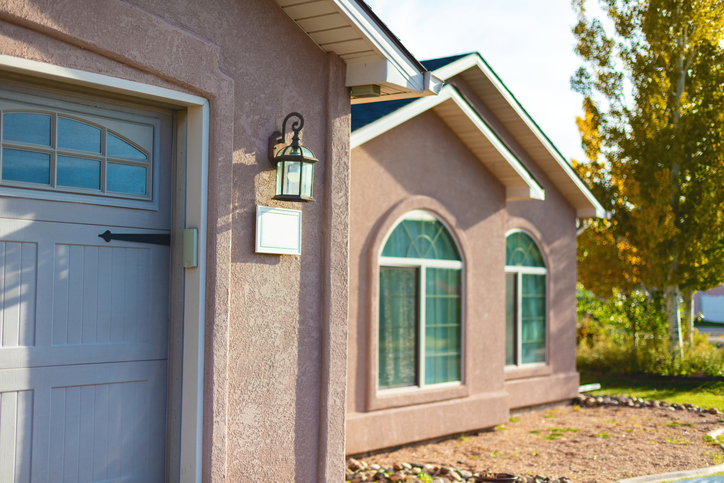Inspecting stucco siding for cracks is a vital aspect of home maintenance, as cracks can lead to water infiltration and other structural issues. To ensure the longevity and integrity of your stucco siding, a systematic inspection process is recommended.
Begin the inspection by visually examining the entire exterior of your home. Look for visible cracks, gaps, or areas where the stucco may have chipped or peeled away. Pay particular attention to corners and joints, as these areas are more susceptible to cracking. Check corners of windows, doors, and other openings, as they are common trouble spots.
Conduct the inspection during daylight hours to take advantage of natural light, making it easier to spot subtle cracks. Run your hand over the surface to detect hairline cracks that may not be immediately visible. For a more in-depth examination, use a screwdriver to gently probe suspicious areas. If the screwdriver penetrates easily, it could indicate a problem.
Tap the stucco surface with a small mallet or the handle of a screwdriver. Hollow sounds may suggest delamination or separation from the substrate. Walk around the entire perimeter of your home, examining the stucco from various angles. Look for any staining, discoloration, or efflorescence—a white, powdery substance that forms due to water damage.
If you’re unsure about the condition of your stucco or notice significant issues, consider hiring a professional home inspector or a contractor with expertise in stucco inspections. Early detection of stucco cracks is crucial to prevent more extensive and costly repairs in the future. Regular inspections, especially after severe weather events, contribute to maintaining the sturdiness and aesthetic appeal of your stucco siding. Remember, a proactive approach to maintenance can save you time and money in the long run. For more information about home maintenance check out this resource for home-owners from the Canadian government.

